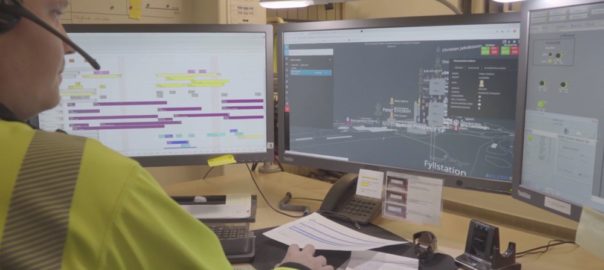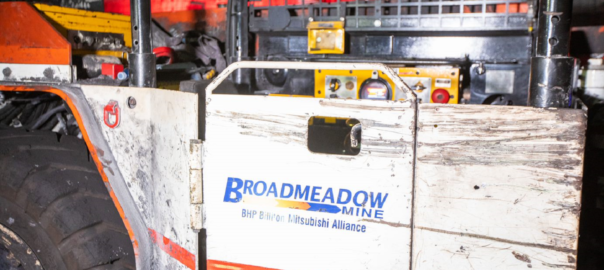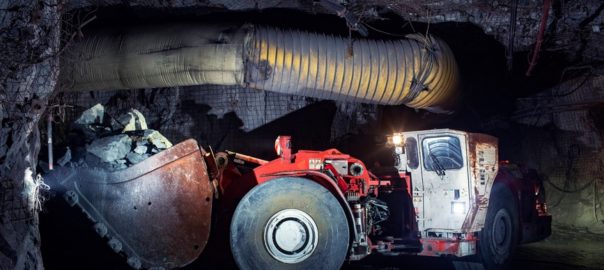The International Council on Mining and Metals (ICMM) recently released the 2018 safety data of its company members, which showed the industry suffered 50 fatalities last year.
“ICMM and its members are committed to strengthening health and safety performance and reducing operational fatalities to zero,” the ICMM said. As part of this commitment, ICMM publishes an annual safety data report of its company members. The full report, Benchmarking 2018 Safety Data: Progress of ICMM Members, is available here.
The 2018 safety data report, which collates the safety data of around 1 million workers and contractors, recorded 50 fatalities in 2018. This was a decrease from 51 fatalities in 2017 and 63 fatalities in 2016, the ICMM said.
Eleven of ICMM’s 27 company members reported no fatalities in 2018, compared with eight in 2017. These were: Africa Rainbow Minerals, Barrick, Freeport McMoRan, Goldcorp, JX Nippon, Minera San Cristóbal, Minsur, Mitsubishi Materials, Newcrest, Orano and Sumitomo.
The number of hours worked across ICMM’s members increased by 16% due to data being included from new company members, Minera San Cristóbal, Minsur, Newcrest and Vale, the ICMM said. While total fatalities dropped by 2%, the fatality frequency rate dropped 19% from 0.027 to 0.022 fatalities per million hours worked, the council said.
There was also a drop in the injury rate from 3.94 in 2017 to 3.41, despite an increase in the number of recordable injuries from 7,515 to 7,751.
Tom Butler, ICMM’s CEO (pictured), said: “ICMM and our company members are determined to eliminate fatalities from their operations. The single highest cause of deaths in 2018 was from mobile mining equipment which is why we are exploring collision avoidance technology in our Innovation for Cleaner, Safer Vehicles programme.”
The report findings include:
- One fewer fatality recorded in 2018 compared with 2017;
- Eleven member companies recorded no fatalities in 2017, an increase from eight in 2017;
- Fifteen fatalities (30%) were caused by transportation/mobile equipment, four higher than the 11 fatalities recorded in 2017;
- Nine fatalities (18%) were caused by fall of ground in underground mines, eight fewer than the 17 in 2017;
- In the six years of safety data published by ICMM, fatalities have dropped from 90 in 2012 to 50 in 2018 and, in this time, the fatality frequency rate has dropped by 33% to 0.022 deaths per million hours worked;
- Total recordable injuries increased from 7,715 to 7,751 although the frequency rate reduced from 3.94 to 3.41 recordable injuries per million hours worked, and;
- Since 2012, total recordable injuries have dropped from 13,895 to 7,751 and the total recordable injury frequency rate has dropped by 33%.
The report also examines incidents by country. The highest number of fatalities (14) occurred in South Africa, where 400 million hours were worked. There were six fatalities in Chile and Ghana where respectively 281 million and 51 million hours were worked.
The highest fatality frequency rates were recorded in Hungary, Spain and Laos which each recorded a single fatality, the ICMM said.
This benchmarking report provides the safety data from ICMM companies for 2018 and does not include fatalities from the Brumadinho tragedy that occurred in January 2019.













